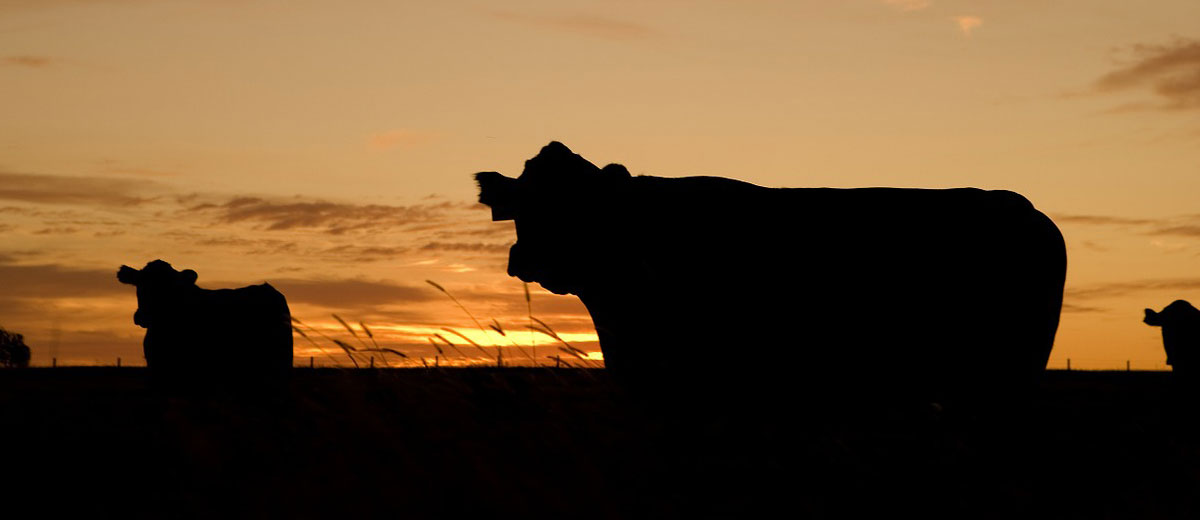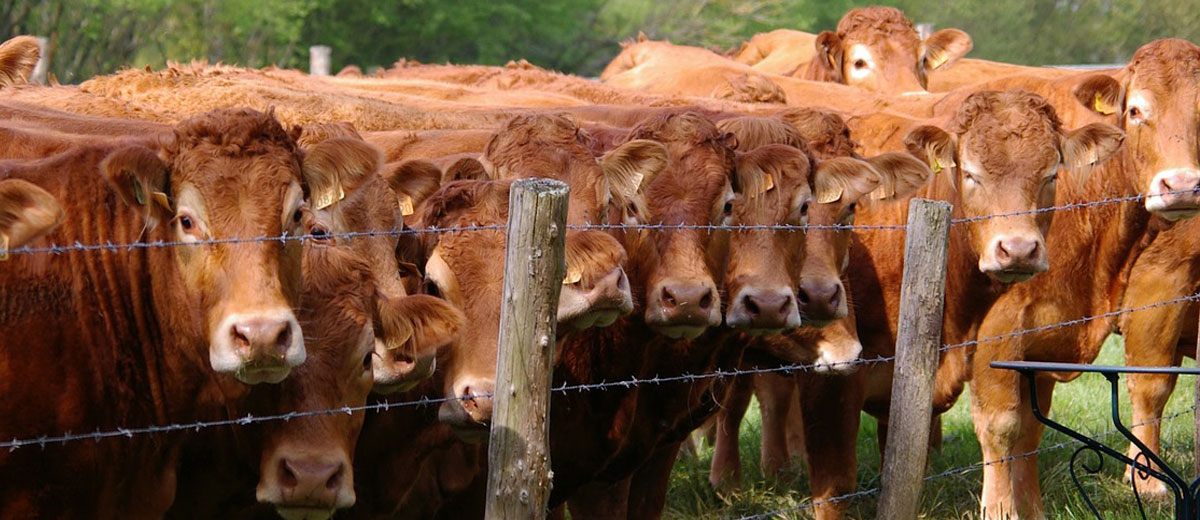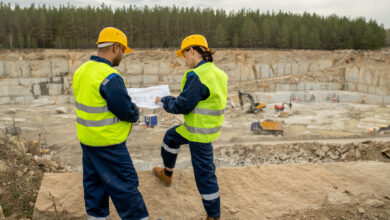
Addressing Lameness on Pasture
By Megan Roger, BSA AAg, Livestock and Feed Extension Specialist, Moose Jaw
When an animal becomes lame on pasture, moving quickly to find the cause is a critical step in reducing potential losses and maintaining animal comfort and welfare. Production losses such as reduced body condition, decreased reproductive performance of breeding stock or long-term structural injuries can all be attributed to lameness. Common causes of lameness on pasture vary from foot rot to sand cracks, injuries, sole abscesses, laminitis or fibromas (corns) to name a few. Using preventative strategies and administering timely, appropriate treatment are essential to manage lameness on pasture.
While it is impossible to eliminate all possible hazards, there are a few strategies that can be employed to help reduce incidence of common lameness ailments. Foot rot, a notorious cause of lameness, is a good example of where prevention can be beneficial. Foot rot occurs when there is an injury on the hoof, typically between the claws, that becomes compromised by an infectious bacterium commonly found in abrasive, wet, environmental conditions. Damage to the skin allowing entry of bacteria is necessary for the diagnosis of lameness to be foot rot. These infectious bacteria can commonly be found in areas such as high traffic watering points on pastures, wet corrals or any damp areas that cattle are likely to congregate in. The more time cattle spend in these wet areas, the softer their feet will get and therefore become more prone to damage.
To minimize risk of foot rot infection, strategies to reduce the amount of time cattle spend gathering in these higher risk areas include rotational grazing, fencing off water sources and diverting water to a trough to eliminate direct entry, fencing off sloughs or other chronically muddy areas could also aid in reducing time spent standing in these higher risk areas. Moving the location of feeders or mineral tubs and rotating cattle to different areas will help alleviate manure buildup which can be a contributing factor to foot rot incidence. If you find that the hoof on one of your animals becomes infected, it is even more imperative to limit these areas as foot rot is contagious; bacteria could potentially be draining from any lesions and increasing the concentration of infectious bacteria in these areas. Watch out for areas where cattle could obtain an injury to the foot, reducing necessary travel over sharp gravel or abrasive ground when possible. For instance, cattle may be more prone to injury while stubble grazing. Ensuring you have adequate mineral supplementation will also aid in prevention. Zinc, copper and selenium are important trace minerals for hoof growth and immunity. For chronic cases, there is a preventative vaccine available that may reduce the incidence of infection of foot rot, talk to your veterinarian to see if this is an option that works for your operation.
Ensuring you can identify the different types of lameness is also important. Antibiotics are a common and effective treatment for foot rot but not all causes of lameness will not respond to antibiotics. As we learn more about antimicrobial resistance, it is important to treat responsibly and appropriately, be sure to consult with your veterinarian. Being able to recognize a few symptoms can help you differentiate between potential causes and determine the proper treatment options. Foot rot comes on quite suddenly. Walking will be painful for the animal, often they will not put any weight on the foot at all and walk almost three-legged. There is commonly also obvious swelling around the hairline of the foot. Again, ensuring you see an open wound or injury on the foot can also help with the diagnosis. These cattle will also typically show reduced feed and water intake given how painful walking will be. If no physical injury is seen or there is a lack of swelling, inspecting the top of the hoof for visible sand cracks or the bottom of the hoof for injury or potential abscesses would be the next best step.
Early detection and treatment of any lameness is key in successful management of a disease or further ailments. Managing higher risk areas and ensuring a well-balanced diet with adequate trace minerals are important steps towards prevention. For more information on this topic or other livestock related topics, contact your local livestock and feed extension specialist or the Agriculture Knowledge Centre at 1-866-457-2377.








































